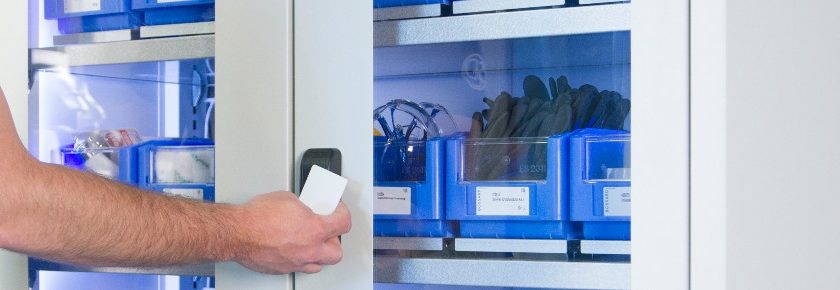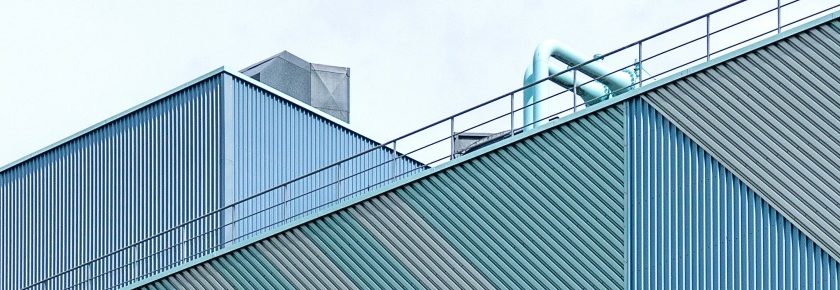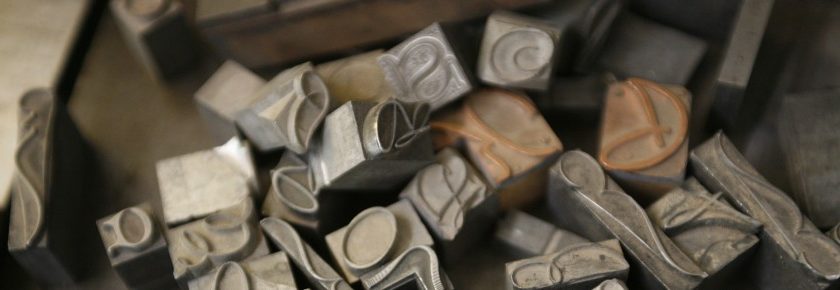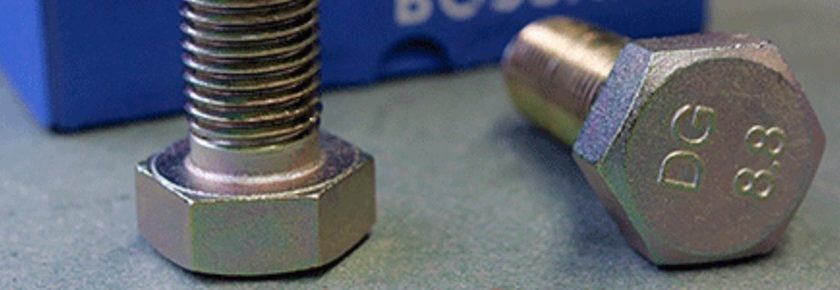Diversity in the fastener world isn’t just limited to hardware purposes. Fasteners also come in a wide variety of shapes and sizes. For global manufacturers, location can mean the difference between using inch and metric measurements for fasteners and other components.
Inch fasteners are most used in the United States and Canada with their sizes and thread pitches denoted in fractional inches. This crucial difference in standards can pose a significant roadblock for manufacturers interested in entering global markets, given that metric fasteners are the de facto standard throughout the rest of the world.
Many companies that are used to designing with inch fasteners may be reluctant to switch over to metric hardware, mainly for cost and productivity reasons. However, those planning to expand into global markets must eventually come to grips with metric fasteners. For traditional inch fastener users, the relatively simplified methods of measurement make it easy to get the hang of metric hardware.
Even among metric users, different standards can easily complicate the process of converting from one unit of measurement to another. These metric standards, including ANSI, DIN, CEN, and JIS, are like one another in many respects, but they are not entirely interchangeable. However, unified standards such as ISO 9000 are quickly gaining adoption among metric users.
Fortunately, our metric ↔ inch fasteners converter helps take much of the guesswork out of the conversion process. Our converter lets you verify your calculations, providing you with the best proposals while showcasing the differences in a clear and easy-to-understand form. At Bossard, we understand the work that goes into ensuring accuracy and flexibility when it comes to measurement conversion.
Visit our website and discover our online calculators for various applications. To learn more about our line of metric and inch fasteners, get in touch with us today at ProvenProductivity@bossard.com.















